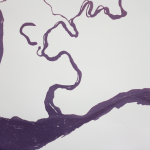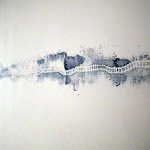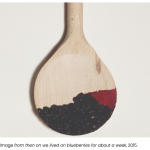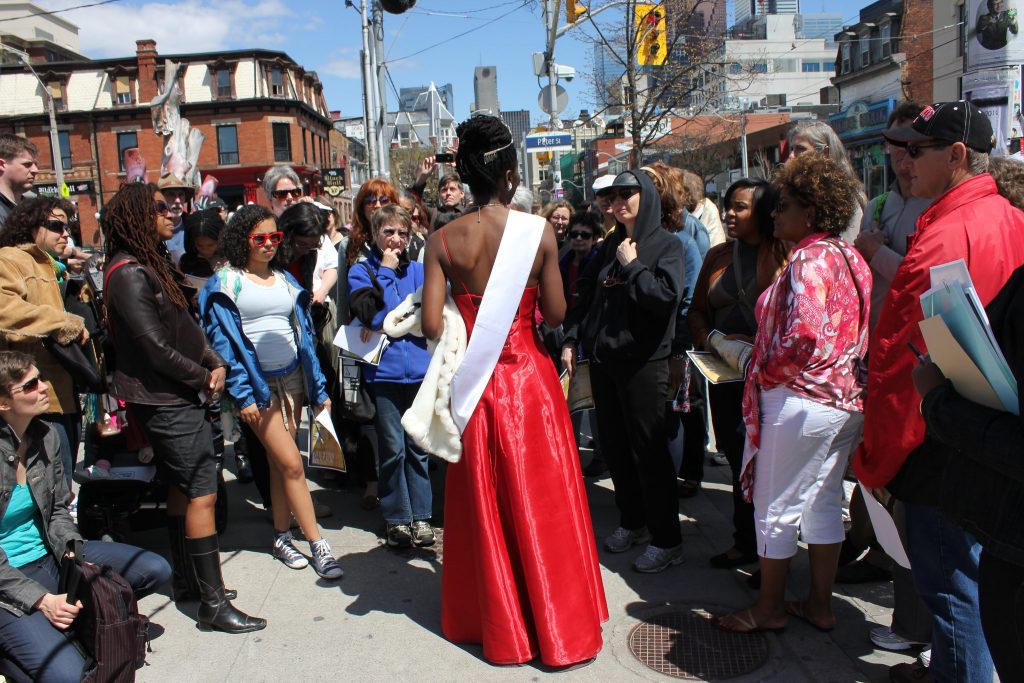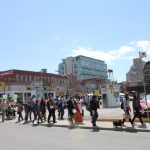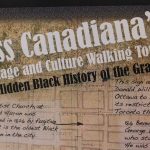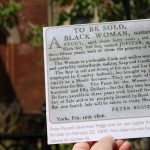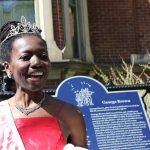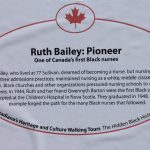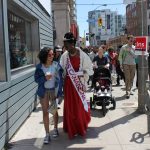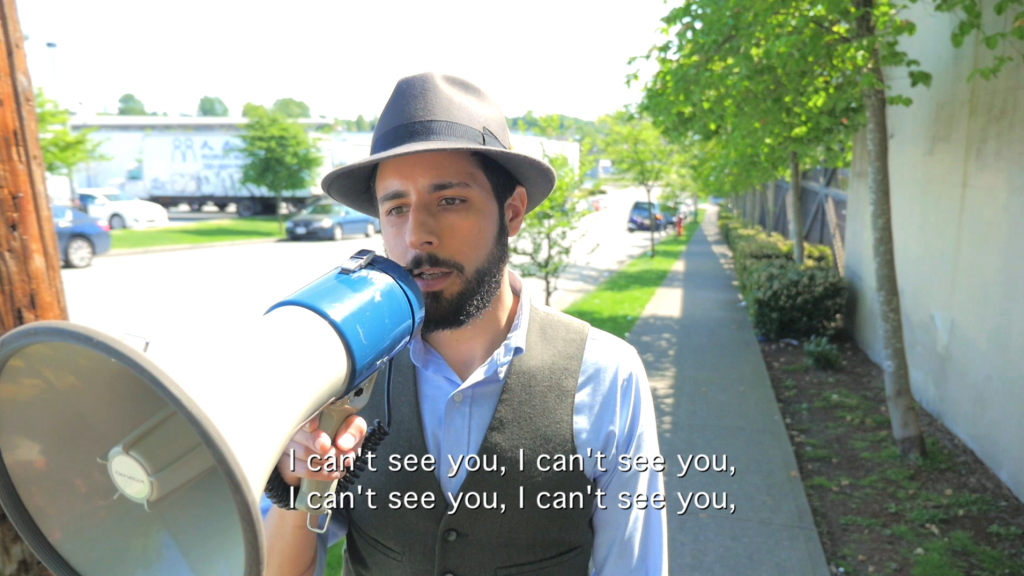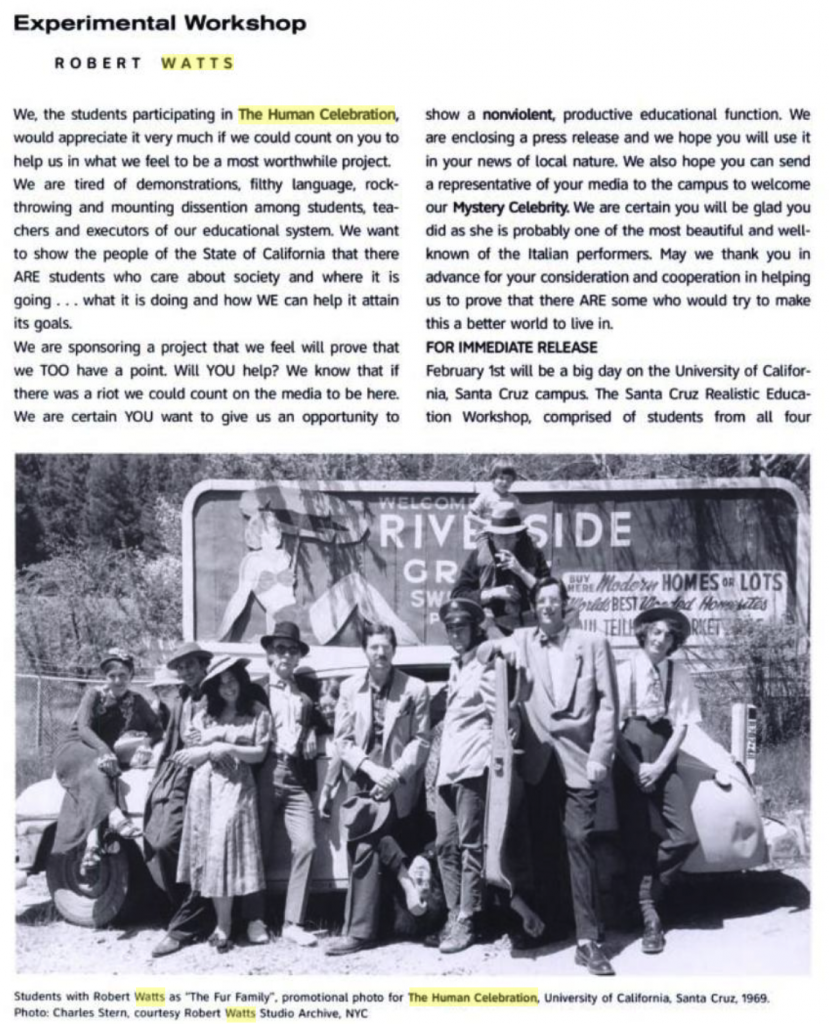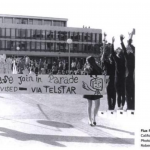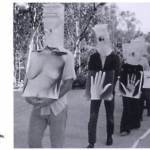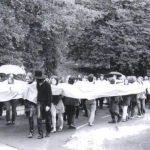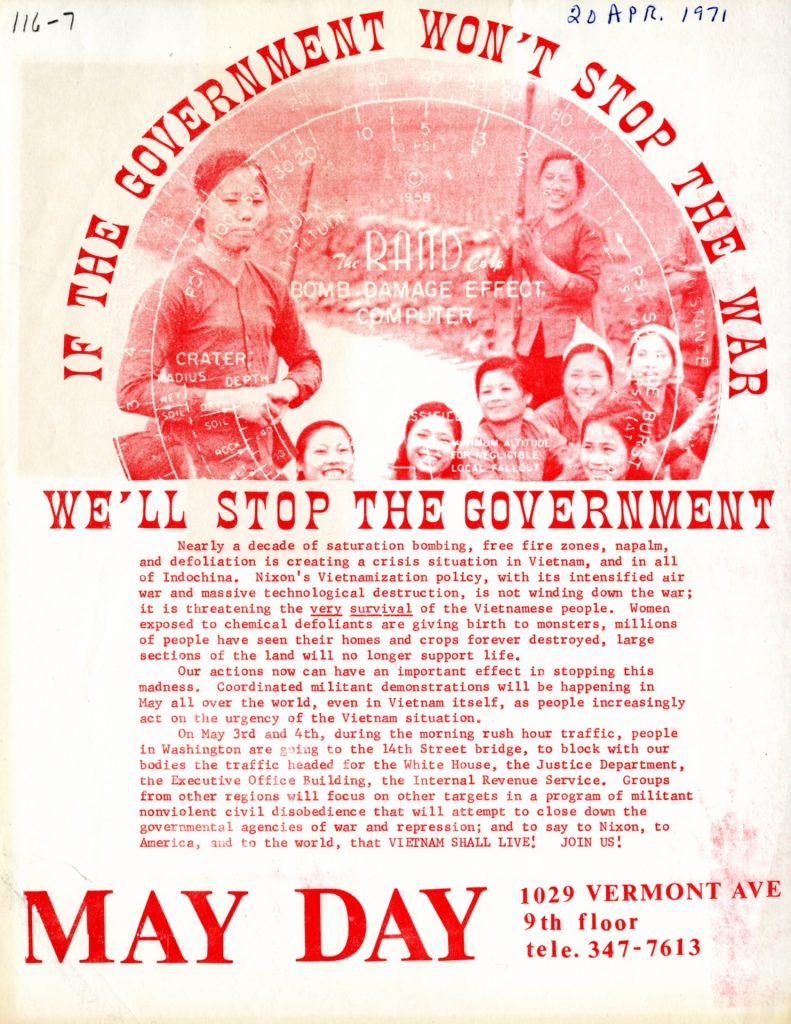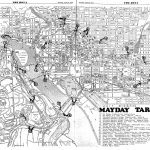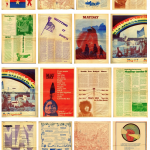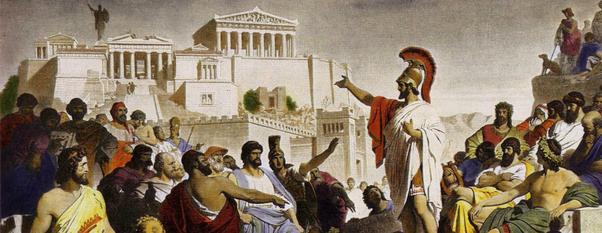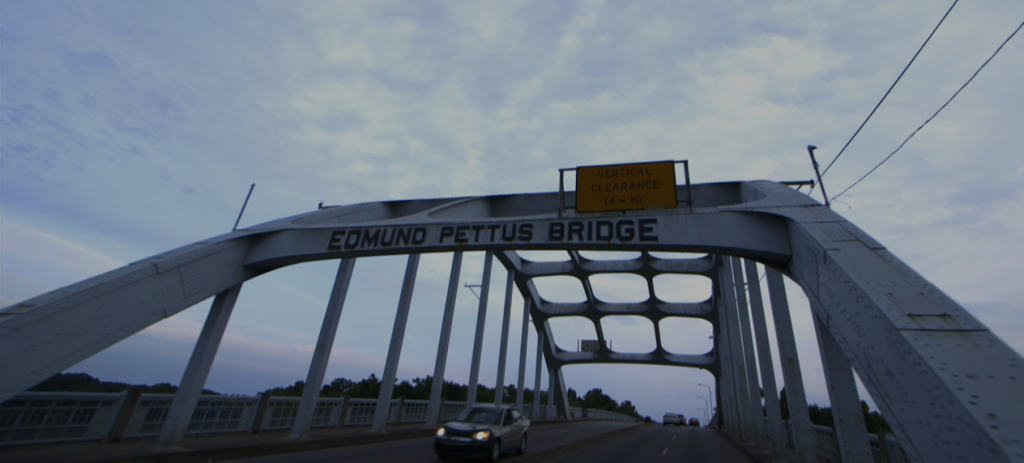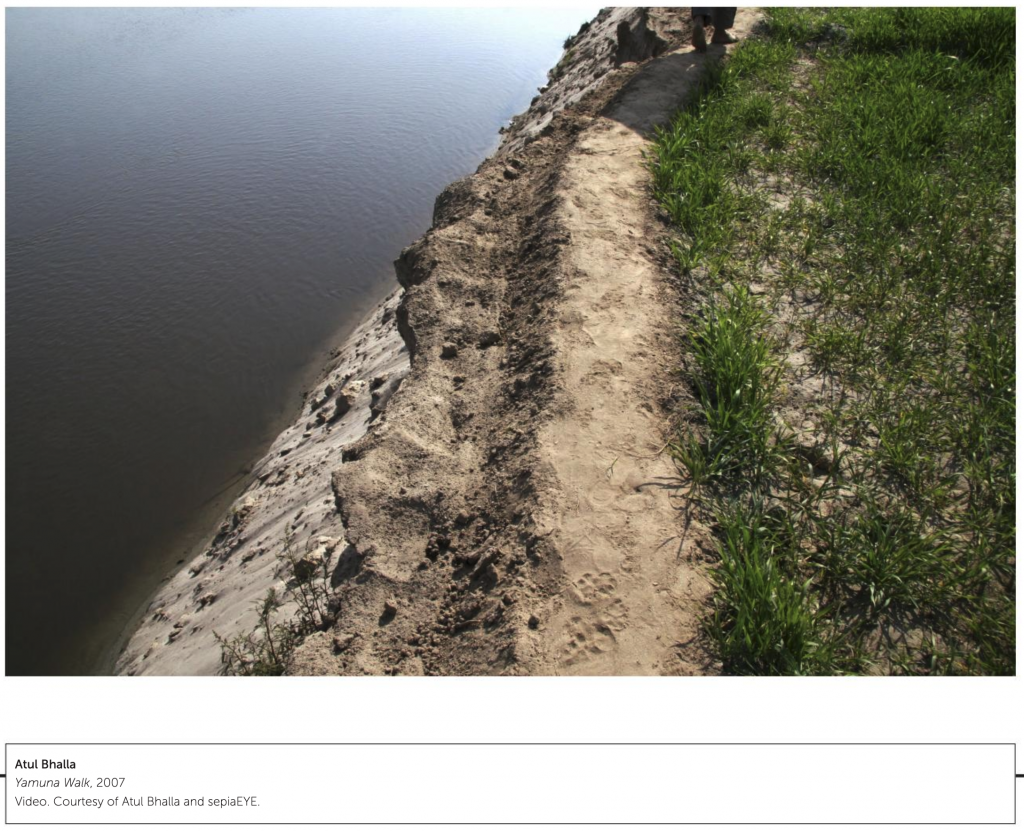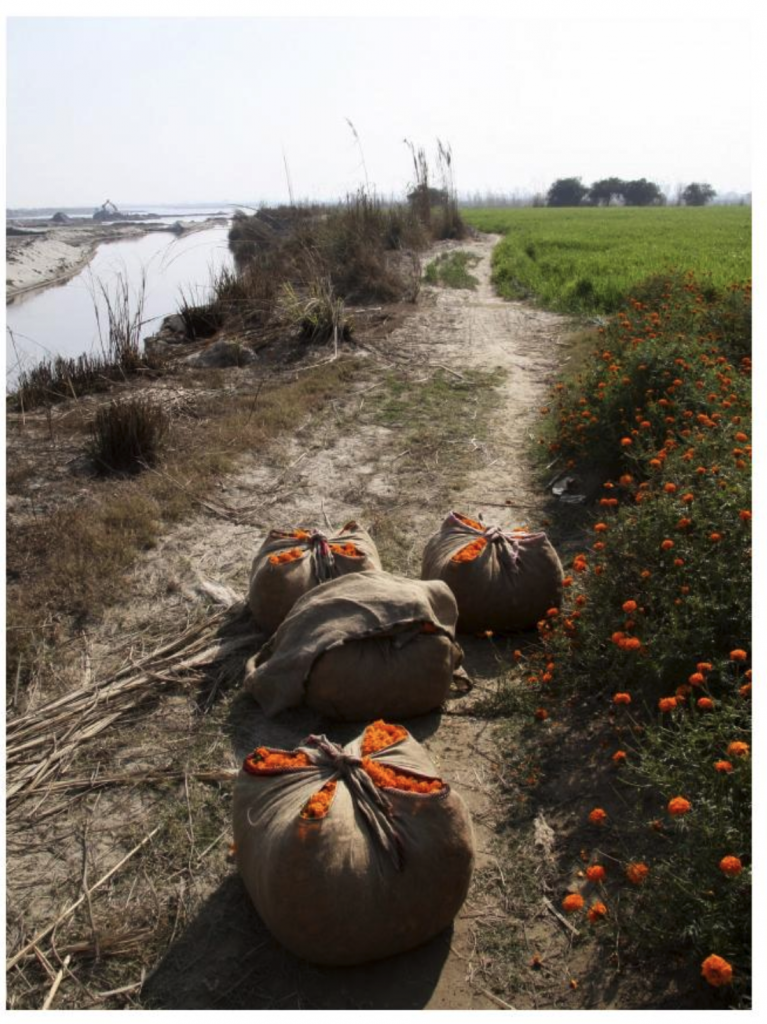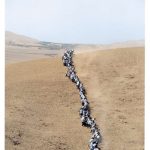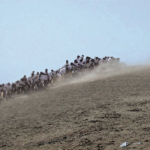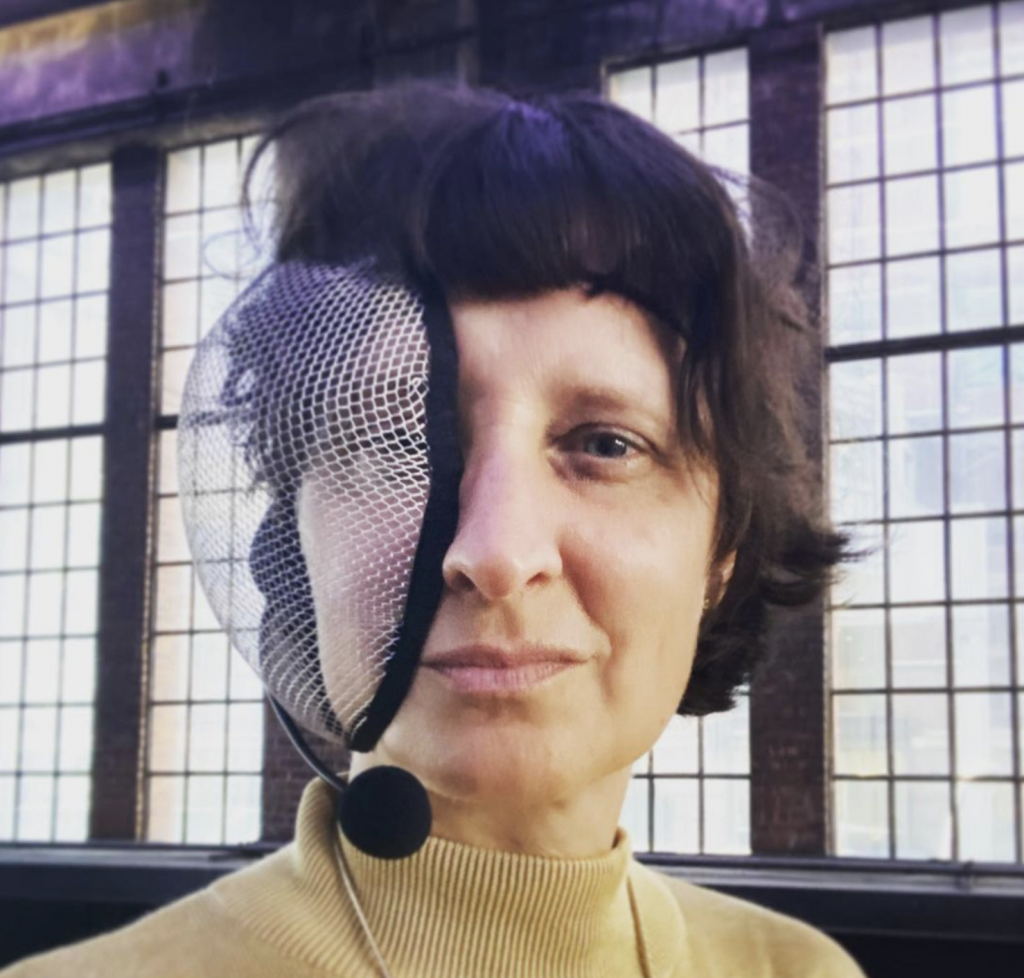Lisa Myers, ‘and from then on we lived on blueberries for about a week’, made for MAP Spring 2013, 6’44” (animation with assistance from animator Rafaela Kino). This work pays homage to an on-foot journey her grandfather undertook to flee Shingwauk Residential School in Ontario. Myers herself once did an 11-day walk tracing the route of her grandfather’s journey.
“When he was a boy, artist Lisa Myers’s Anishinaabe grandfather walked some 250 kilometres along Northern Ontario railroad tracks for one reason: to escape Shingwauk Residential School in Sault Ste. Marie.
Myers recorded her grandfather’s account of this journey during a conversation with him in the 1990s—and she listened it to it many times before she made the decision, in 2009, to walk the route he’d described alongside her cousin Shelley Essaunce and her nephew Gabriel.
Myers and the Essaunces took 11 days to walk the 250-kilometre journey.
“After this walk,” Myers writes in a 2016 Walter Phillips Gallery exhibition essay titled “Rails and Ties,” “I began thinking about how to locate myself within my grandfather’s story, and about how I wanted to convey its different iterations. One thing that struck me was that he survived by eating blueberries growing along the tracks. He said, ‘and from then on we lived on blueberries for about a week.’”
The latter quotation from her grandfather became the title for a video installation by Myers—one related to trauma, food, walking and survival—that was on view at Artcite in Windsor this spring as part of the exhibition “Walks of Survivance.”
“Instead of always repeating his story, [walking] was a way of finding myself in that story,” Myers told curator Maya Wilson-Sanchez a few years ago. And by walking, Myers also told Wilson-Sanchez, she was “able to bring the places in the story to life.”
“When I recall walking across the railway bridge over the Mississauga River north of Lake Huron,” Myers writes in “Rails and Ties,” “I think about my fear of the elevation, and how gusts of wind unsteadied my steps. Finding my footing meant looking down and seeing the river rushing 50 feet below the railway ties of that century-old steel bridge. The Mississagi River flows into Lake Huron, the railway crosses the river, and from my grandfather’s account of his journey this was the first place (after leaving school) where he heard his language and saw Anishinaabe people cooking and sharing food down by the river. They welcomed him, and fed him.”
During her walk in her grandfather’s footsteps, Myers also heard stories of other youth who had escaped the way he had. Ultimately, her works on this theme—which include both abstract and map-like prints made with blueberry pigments, as well as documentation of wooden spoons stained with blueberries she has shared with others, also speak to a complex intertwining of group and individual journeys, of landscapes that are real and imagined.
- Lisa Myers, “Blueprint Garden River bridge” (2015)
- Lisa Myers, “Tracking My Blueprints blueberry, rolling pin wood block print variable” (2012)
- Lisa Myers, still image from then on we lived on blueberries for about a week, 2015.
“The spoons represent sharing, sustenance and the gathering of people,” Myers writes. “When I line these spoons up side by side, the reddish-blue marks continue from one utensil to the next, recalling an imaginary topography or horizon line created by the trace of berry consumption.”
In this sense, walking and artmaking become different ways of tracing and “straining” an experience.
“Straining to survive, or even to be accepted, means the less digestible parts of stories need to be retained, traced, remembered and told,” Myers writes.
Of course, Myers is not alone in thinking about walking as a mode of Indigenous resistance and survival.
“There’s the water walk that is happening, and which is not directly art-related,” Myers said in a phone interview. “But I think Indigenous artists are wanting to also acknowledge that these forms of activism are happening. There was walking from a community in Nunavut, [Idle No More] walking to Ottawa to make a point.”
“Walking to safety is a really important narrative in talking about survival, and surpassing survival to freedom,” says “Walks of Survivance” curator Srimoyee Mitra.” [credit]
Lisa Myers, ‘Blueberry Spoons’, 2010, video, 7’37”
